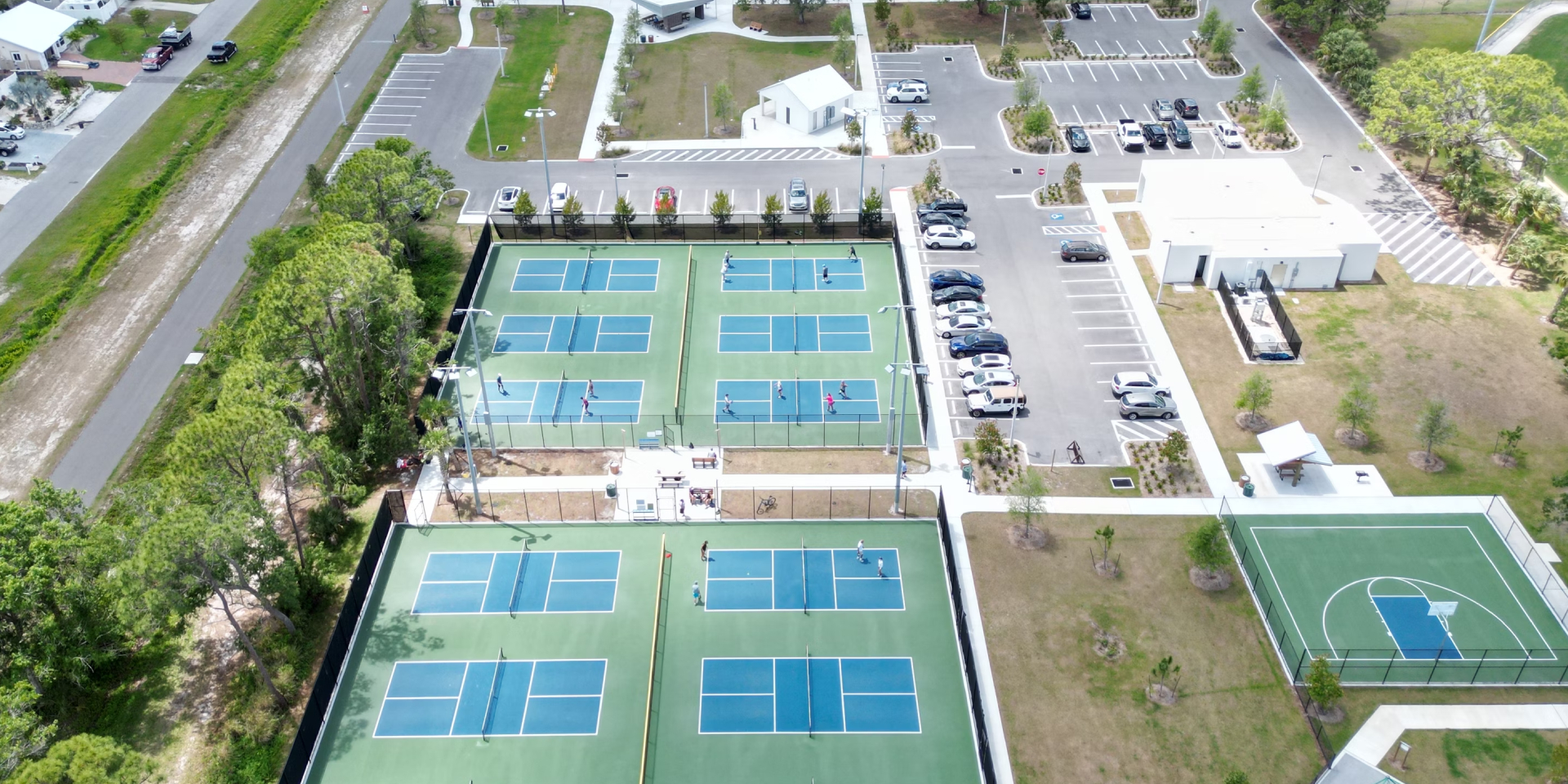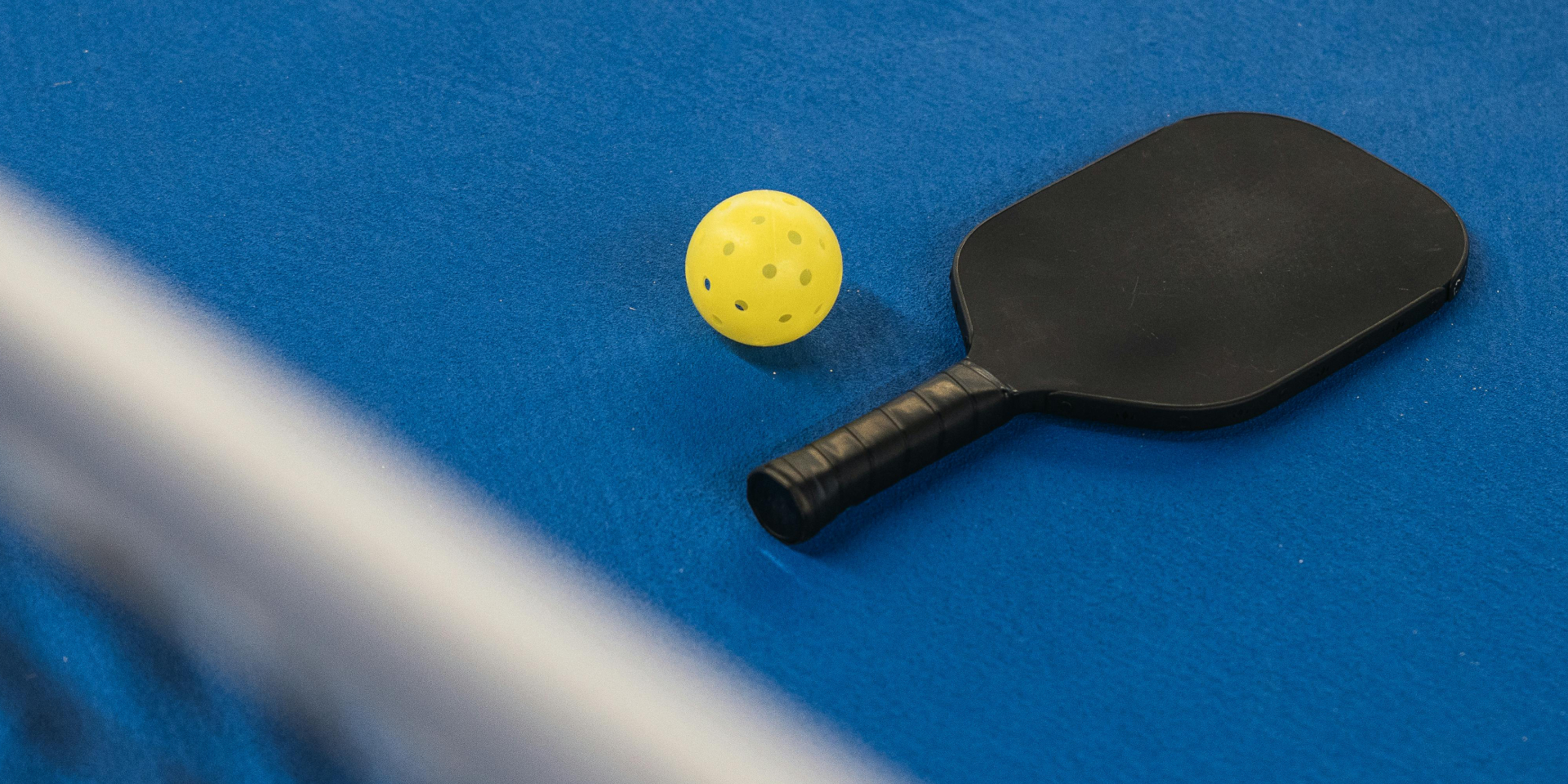
Indoor vs. Outdoor Pickleball: Key Differences, Benefits, and Tips for Every Player
Pickleball is one of the fastest-growing sports, offering fun, fitness, and a sense of community to players of all skill levels. Whether you’re a beginner or a seasoned player, understanding the nuances of indoor vs. outdoor pickleball can help elevate your game. Let’s dive into the key differences, benefits, and tips to excel in both environments.
Key Differences Between Indoor and Outdoor Pickleball
1. The Ball
The most noticeable difference lies in the ball used:
- Indoor Ball: Made of softer plastic, featuring larger, fewer holes (around 26). This ball offers better control and less bounce, making it ideal for slower, precision-based gameplay.
- Outdoor Ball: Constructed from harder plastic with smaller, more numerous holes (around 40). It’s designed to withstand wind and rough surfaces, offering faster and more dynamic gameplay.
2. Court Surface
- Indoor Courts: Usually made of smooth materials like hardwood or gym floors, offering a consistent bounce. However, the smooth surface can make quick stops and turns slightly challenging.
- Outdoor Courts: Typically asphalt or concrete with a textured surface, providing better grip for swift movements but making the game more physically demanding.
3. Weather Factors
- Indoor Pickleball: Played in a controlled environment, free from wind, rain, or harsh sunlight, making it a reliable option year-round.
- Outdoor Pickleball: Requires adjusting for unpredictable weather conditions like wind, glare, or heat, which can affect ball trajectory and stamina.
4. Gameplay Style
- Indoor Gameplay: Favors finesse and control due to the slower pace and predictable ball behavior.
- Outdoor Gameplay: Focuses on power and adaptability to deal with faster ball speeds and environmental challenges.

Benefits of Indoor and Outdoor Pickleball
Indoor Pickleball
- Consistency: Perfect for honing technical skills and precision.
- Comfort: Ideal for avoiding extreme temperatures or rain.
- Accessibility: Many gyms and indoor facilities are easily accessible, even in urban areas.
Outdoor Pickleball
- Real-World Challenge: Forces players to adapt to varying conditions, sharpening their reflexes and strategies.
- Social Atmosphere: Outdoor courts often foster a sense of community and camaraderie among players.
- Cost-Effective: Public parks frequently have outdoor courts available for free or at a low cost.
Tips to Excel in Indoor and Outdoor Pickleball
Indoor Tips
- Master Spin: The controlled environment makes spin shots highly effective.
- Focus on Footwork: Quick, precise movements help counter the faster indoor pace.
- Choose the Right Gear: Indoor-specific shoes reduce slipping on smooth surfaces.
Outdoor Tips
- Adjust for Wind: Aim lower over the net to counter gusts, and use body positioning to shield against strong winds.
- Gear Up: Wear sunscreen, sunglasses, or hats to combat sun exposure, and choose outdoor shoes with better grip.
- Build Stamina: Outdoor games can be more taxing due to uneven surfaces and heat, so focus on endurance training.
Which Should You Choose?
Your preference might depend on your goals and local availability:
- Casual Player: If you’re looking for comfort and consistency, indoor courts are perfect.
- Competitive Player: Outdoor courts prepare you for varied conditions, offering a more dynamic experience.
Final Thoughts
Whether you prefer indoor finesse or outdoor challenges, both versions of pickleball offer unique opportunities to grow as a player. By understanding the differences and tailoring your strategy, you can enjoy the best of both worlds. Grab your paddle, hit the court, and let the pickleball fun begin!